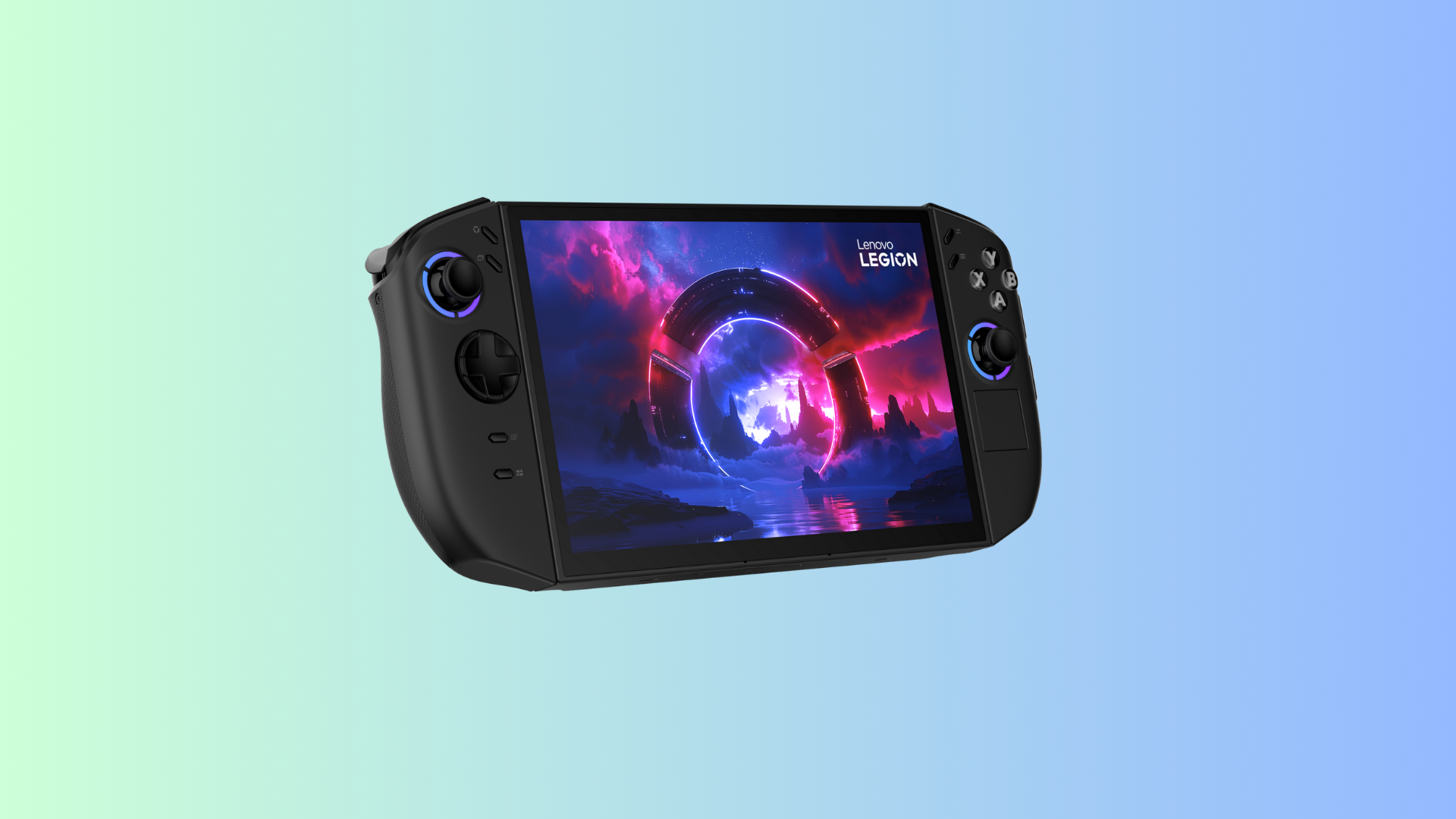Legion Go 2 lowers resolution compared to the original; great for performance, bad for streaming

Table of Contents
2025 is shaping up to be a wild ride, especially for handheld gamers, with plenty of information about the rumored design changes in next-gen consoles like the Nintendo Switch 2. But let’s move our attention over to PC handhelds. At CES 2025, Lenovo unveiled a prototype of the Legion Go 2, which offers users better power, battery capacity, and quality-of-life features.
The Lenovo Legion Go 2 features AMD’s cutting-edge Zen 5 architecture that boosts graphical capabilities with 16 Graphics Cores and RDNA 3.5. Additionally, the screen is a native landscape 16:10 OLED display with Variable Refresh Rate (VRR), along with tons of storage capacity and a maximum memory upgrade from 16GB to 32GB. The battery capacity will also increase by a sizable 50%, from 49.2Whr to 74Whr. While all of this makes the upcoming Lenovo Legion Go 2 a powerful beast, there’s a catch.
Prime Day may have closed its doors, but that hasn't stopped great deals from landing on the web's biggest online retailer. Here are all the best last chance savings from this year's Prime event.
- Sapphire Pulse AMD Radeon™ RX 9070 XT Was $779 Now $719
- AMD Ryzen 7 7800X3D Processor Was $449 Now $341
- Skytech King 95 Ryzen 7 9800X3D gaming PC Was $2,899 Now $2,599
- LG 77-Inch Class OLED C5 TV Was $3,696 Now $2,996
- AOC Laptop Computer 16GB RAM 512GB SSD Was $360.99 Now $306.84
- Lexar 2TB NM1090 w/HeatSink SSD Was $281.97 Now $214.98
- Apple Watch Series 10 GPS+ Smartwatch Was $499.99 Now $379.99
- AMD Ryzen 9 5950X processor Was $3199.99 Now $279.99
- Garmin vívoactive 5 Smartwatch Was $299.99 Now $190
*Prices and savings subject to change. Click through to get the current prices.
Lenovo Legion Go 2 will likely have a 1920 x 1200 resolution
We should again reiterate that Lenovo calls the sequel being shown off at CES 2025 a prototype, which potentially means these specs are yet to be finalized. Even still, here’s how it compares to the original.
| Specification | Lenovo Legion Go 2 (prototype) | Lenovo Legion Go |
|---|---|---|
| Screen size | 8.8″ | 8.8″ |
| Resolution / Aspect ratio | 1920 x 1200 / 16:10 | 2560 x 1600 / 16:10 |
| Panel type | OLED | IPS |
| Refresh rate | 144Hz | 144Hz |
| Processor | AMD Ryzen Z2 (3.3 GHz) | AMD Ryzen Z1 Extreme |
| Graphics (integrated) | AMD Radeon 780M | AMD Radeon 780M |
| Memory | Up to 32GB LPDDR5X | 16GB LPDDR5 |
| Storage | Up to 1TB | Up to 1TB |
| Battery | 74WHr (4-cell) | 49.2WHr (2-cell) |
| Operating System | Windows 11 | Windows 11 |
The catch is that the Lenovo Legion Go 2 is said to have a resolution of 1920×1200, which, when compared to the original Legion Go's 2560×1600, may seem like a big downgrade. However, this change allows the Lenovo Legion Go 2 to maximize battery life and target a more realistic in-game resolution. So, who's not in favor of this?
Well, it turns out that a lower resolution is unsurprisingly not ideal for cloud gaming. For those who spend the majority of their gaming time on services like Nvidia GeForce NOW on handheld devices, this is a disappointing change of spec. Many users report that GeForce NOW works best on Windows devices, and since the Lenovo Legion Go is essentially a portable PC, it makes sense why there's such a large audience for those using cloud gaming services on it. And for those people, moving from 1600p to 1200p will be a straight downgrade. On the bright side, the OLED panel is a very welcome change that should improve overall visual quality and responsiveness.
Performance might not be the only reason for a downgraded resolution
Users have also pointed out that the drop in resolution might not only be due to performance considerations but also because of panel costs. The original Lenovo Legion Go uses the Y700’s screen, which is why it features a 2560 x 1600 resolution. Interestingly, there isn't an off-the-shelf 1600p OLED panel at 8.8 inches available for Lenovo to use in another device. Since 1600p at 8.8 inches is incredibly pixel-dense, finding a mass-produced 1600p VRR OLED screen at this size is challenging – and if available, it would be expensive at such a high density.
That said, Lenovo plans to launch the Legion Go 2 worldwide sometime in 2025, though no specific date or release window has been announced. So, if you want more performance and better battery life from your handheld device, it might be worth the wait. However, if you prioritize higher resolution, sticking with the original Legion Go might not be a bad choice, as it's still a very reliable and future-proof machine. And yes, the sequel will retain its detachable controller design.

